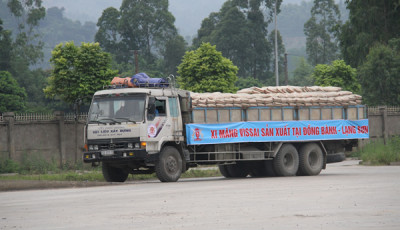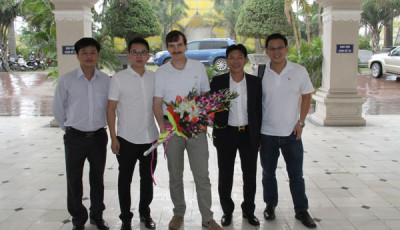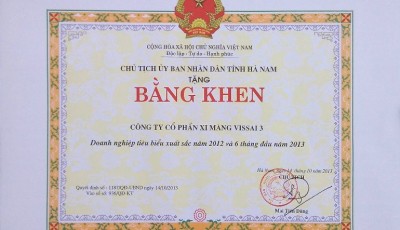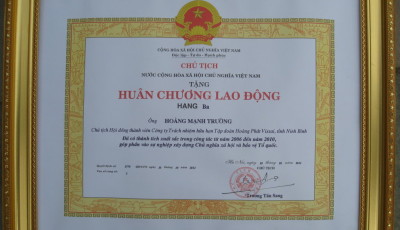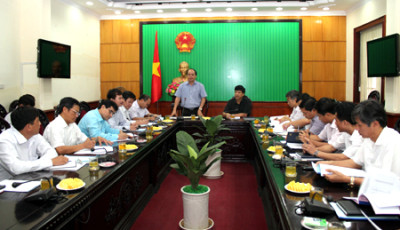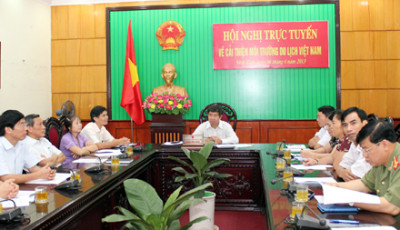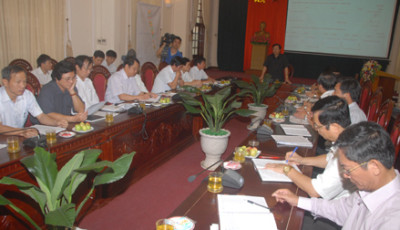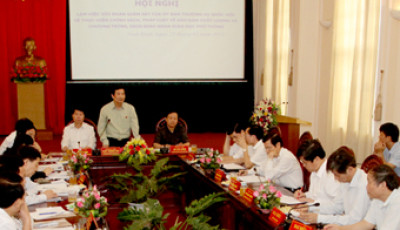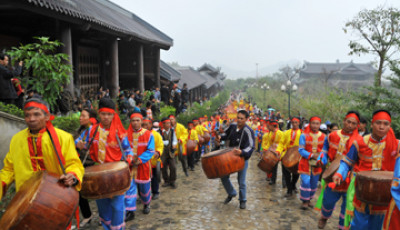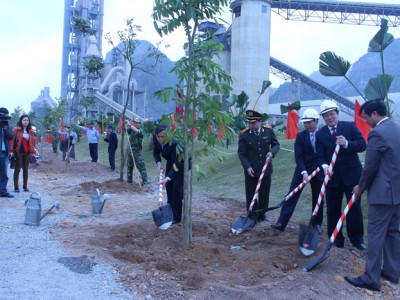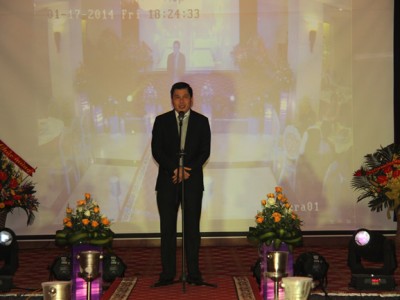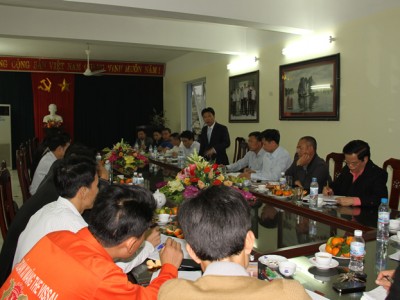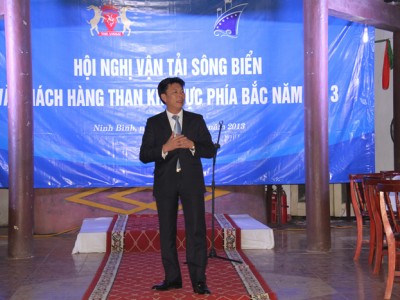Hoa Lu develops high-quality rice
The winter-spring 2012, Hoa Lu district planed to cultivate 3,281ha of rice with productivity striving at 66.3 quintals/ha; cultivating 35.9ha of peanut at productivity of 27.5 quintals/ha.
The district planed to cultivate the late spring rice in the whole area and depending on the intensive standards, solid conditions and local infrastructures to determine the rive varieties reasonably, being effective with 50.7% of hybrid rice; 49.3% of pure rice, in which high-quality rice makes up over 900ha, accounting for 27.6% of total cultivation area, mostly including varieties QR1, LT2. Furthermore, the district instructed some localities to test some new rice varieties such as DT 68, TBR 36, TBR 45, HT6, sticky rice 87-2…
Only high-quality rice, the district selected four communes to gather on the direction and instruction of structural change of varities towards bringing many varieties QR1 or LT2 to the fields into every area including Ninh An with 98ha, Ninh Giang with 76ha, Ninh Khang with 120ha, Ninh Hoa with 130ha. The remaining communes, based on the reality of rice varieties allowed to product by the Ministry of Agriculture and Rural Development and depending on the soil conditions and cultivation customs of every area, arrange the region and variety appropriately, each region must reach 10ha or more.
Sowing rice seeds under the district’s schedule and chiefly under the form of background rice seeds or thick rice seeds with cover of nylon inside, provided at 10% by short-term rice varieties. Units take the initiative to plan and contract with hydraulic works exploitation company and plough owners to ensure early in the case of ploughing, or keeping water and early ploughing in the case of girder, soaking until girders ripe. Striving to reach at least 1,500ha all over the district ploughed. Cultivating at the right age of rice seeds, background rice seeds reach 3-3,5 leaves, thick rice seeds achieve 4-4.5 leaves, ensuring the adequate density of clump/m2 and number of unit/clump; not cultivate in days with temperature lower than 150oC. Noting to ensure the water before, during and after cultivation, using water rationally, economically and effectively and in order to prevent the potential drought, the interior field irrigation, water storage in necessary positions must be ensured. Implementing adequately and sufficiently measures of fertilizer put-down and balancing the NPK. Closely following the notification of disease situations by professional agencies, actively inspecting the fields to detect and prevent timely the pestilent insects ensuring the success of production.
Dinh Chuc




